Montana’s Top Ten National Parks & Monuments
Think Montana is just Glacier and Yellowstone National Parks? Think again. They may encompass most of the tourism when we think of wildlife, mountains and big sky country, but what about Lewis and Clark? What about the magnificent forts and historical Western events? Rivers and wildlife corridors? Little do many know that Montana has nine national service areas for us to explore, learn from, and enjoy. From the high peaks to the lowland valleys, epic trout streams, and heroic scenes. Here’s a handy summary of each park and its highlights. Get out there and explore!
1. Glacier National Park
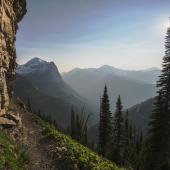
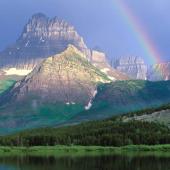
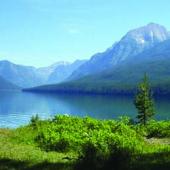
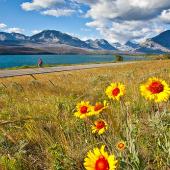
Let the crown of the continent also be the crown of our rankings, and for obvious reason. The glaciated mountains and alpine peaks skyrocket to the heavens, causing one’s neck to get sore from gazing up at them for too long. Mountain goats forage in the alpine, bear grass enframe your camera, and grizzly bears keep us all on our toes when hiking in the backcountry. Glacier is not only a must-see destination in Montana, but proudly resides on bucket lists the world over.
2. Yellowstone National Park
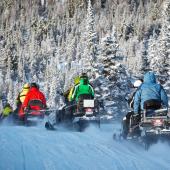
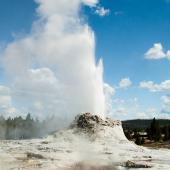
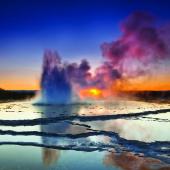
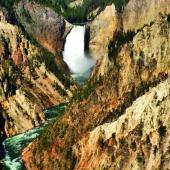
Let the first national park take the reins at number two on our list. With wafts of sulfur emanating from the ground to your nose, it’s hard to grasp the majesty this park holds. From bison to bear, cutthroat trout to lodgepole pine, the array of species both flora and fauna with the chemical equation and the supervolcano waiting for its moment make Yellowstone one of the most unique destinations in the world. With millions of acres to explore and a road that circumnavigates the park, a single day is hardly enough to appreciate its grandeur. Let Old Faithful take your inspiration and imagination to the sky.
3. Lewis and Clark National Historic Trail
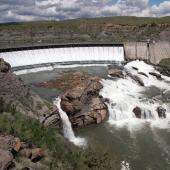
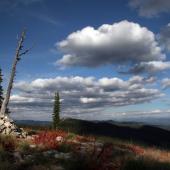
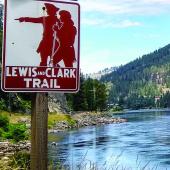
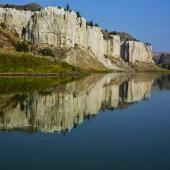
No other exploration of the West can even be held in the same sentence as that of the expedition of Meriwether Lewis and William Clark. The beauty of this trail is that it isn’t just in one location, it’s spread far and wide across Montana.
Learn about their journey along the Missouri and Yellowstone Rivers with a loop around Northeast Montana’s Badlands and prairie country. Trace the Missouri River west toward its headwaters and canoe the river just as they did 200 years prior. Stop and enjoy the splendor of everything from Old Western towns to archaeological dig sites. If you’ve still got the energy, a cast on the Missouri River is a beautiful way to end the day.
4. Bighorn Canyon National Recreation Area
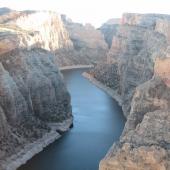
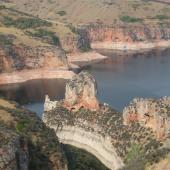
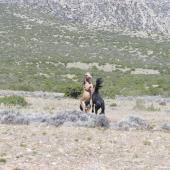
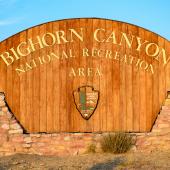
Glacier and Yellowstone may be at the top of this list for obvious reasons, but neither of them has the solitude one can find at the Bighorn Canyon. With 120,000-plus acres of a watershed that straddles both Montana and Wyoming, this adventurer’s playground boasts bird watching for numerous species, camping, hiking, and, most importantly, fishing. The Bighorn River and Lake both feature world-class trout fishing. A unique setting to get away from it all, the Bighorn Canyon is a must-see location.
5. Little Bighorn Battlefield National Monument
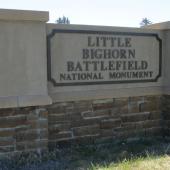
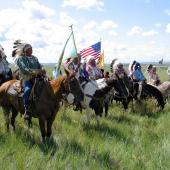
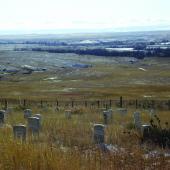
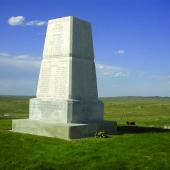
With perhaps the most famous battle in U.S. and Native American history, General Custer and his Seventh Cavalry Regiment of 210 men went up against Sitting Bull and the Lakota and Cheyenne tribes of 1,800 warriors. Custer lost his life along with many of his men in efforts to take the area. The purpose was to force the tribes onto reservations so the United States could gain military control and extract recourses. Custer was to survey the area and report the findings. He found more than he bargained for, and the battle of the Little Bighorn became a temporary victory for the Cheyenne and Lakota tribes of the plains.
The Little Bighorn is now a National Monument and tells the history of the battle, weapons used on both fronts, and the life of the tribes in remembrance of this famous fight and the area of Montana and the Dakotas they call home.
6. Nez Perce National Historic Park
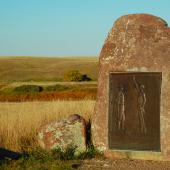
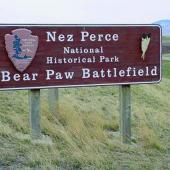
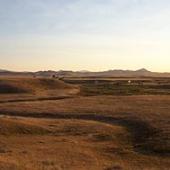
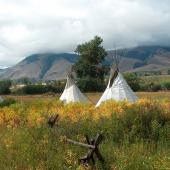
After a heroic effort fighting the U.S. Army in the Flight of 1877, the Nez Perce fled east from Oregon into Montana via Idaho on what is now known as the Nez Perce Historic Trail. With arguably one of the most disturbing events in American history as its heritage, the Nez Perce National Historic Park aims to recognize and honor and educate about our Native American Culture.
7. Big Hole National Battlefield
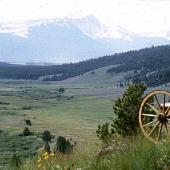
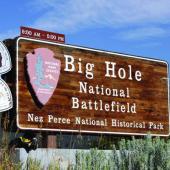
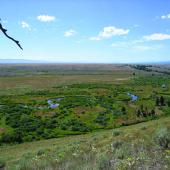
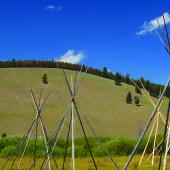
The Big Hole Battlefield honors those who lost their lives on August 9 and 10, 1877, when the U.S. Army led an attack on the Nez Perce tribe at dawn. The park visitor center has an overlook with a view of the battlefield where the terrible battle unfolded. Trails finger their way throughout; signs pepper the trails with in-depth information about the events that took place at each site. The aptly named Big Hole River slithers its way through the battlefield and is a fine fishery that’s open to the public, providing a serene setting for reflection and contemplation.
8. Grant-Kohrs Ranch National Historic Site
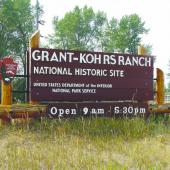
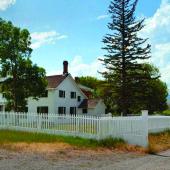
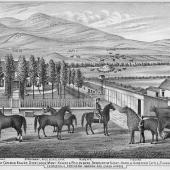
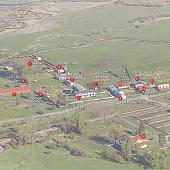
With buildings dating back to the 1860s and cattle still roaming the land as they have for nearly 200 years, this historic site has guided walking tours, miles of trails to explore, and lessons in roping and blacksmithing. An excellent place for the family and the curious alike who wish to one day have a ranch of their own. Once spanning ten million acres, this was the embodiment of the rancher's dream. Nothing but expansive views, wide-open plains, and grazing land for days. For cowboys hoping to strike it rich, this was indeed the promised land.
9. Fort Union Trading Post National Historic Site
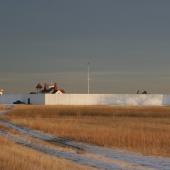
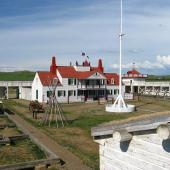
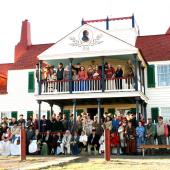
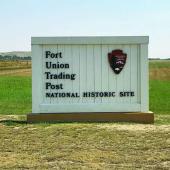
For nearly 40 years, John Jacob Astor’s American Fur Company was the most famous fur trading post in North America. No fewer than seven Native American tribes regularly came to trade goods, spawning a business of up to $100,000 a year in 1828. With the convergence of the mighty Missouri and Yellowstone Rivers, the trading post also brought artists and scientists during this period to study the landscape and local peoples.
Considered by many Native Americans of the time to be a peaceful trading post, Fort Union was a demilitarized zone amongst the tribes. They came to trade guns, blankets, knives, and many other goods for bison and other furs.
10. Pompeys Pillar
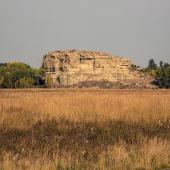
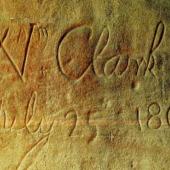
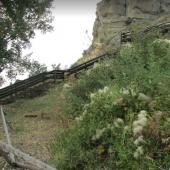
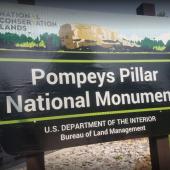
Pompeys Pillar National Monument is a rock formation located in south-central Montana. Designated a National Monument on January 17, 2001, and managed by the U.S. Bureau of Land Management, it consists of only 51 acres, making it one of the smallest National Monuments in the U.S.
The pillar itself is sandstone and stands 150 feet above the Yellowstone River. The pillar features an abundance of Native American petroglyphs, as well as the signature of William Clark, co-leader of the Lewis and Clark Expedition. Clark's inscription, dated July 25, 1806, is the only remaining physical evidence found along the route that their expedition followed.
The Pompeys Pillar Interpretive Center opened in 2006, and exhibits in the 5,700 square-foot center relate the journey of Captain William Clark and his detachment, including Sacagawea and her son Pomp, down the Yellowstone River Valley in 1806.

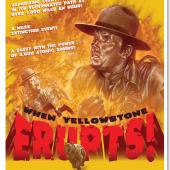
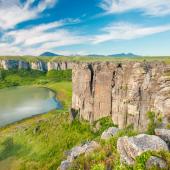

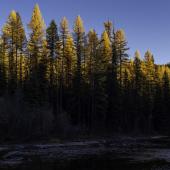
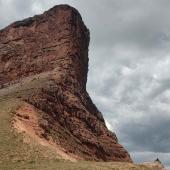
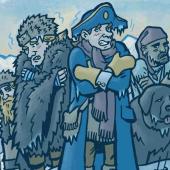
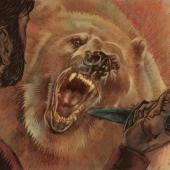

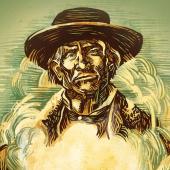
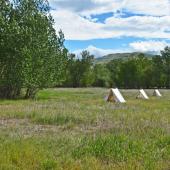
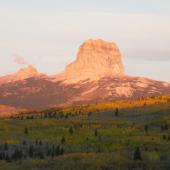
.
- Reply
Permalink